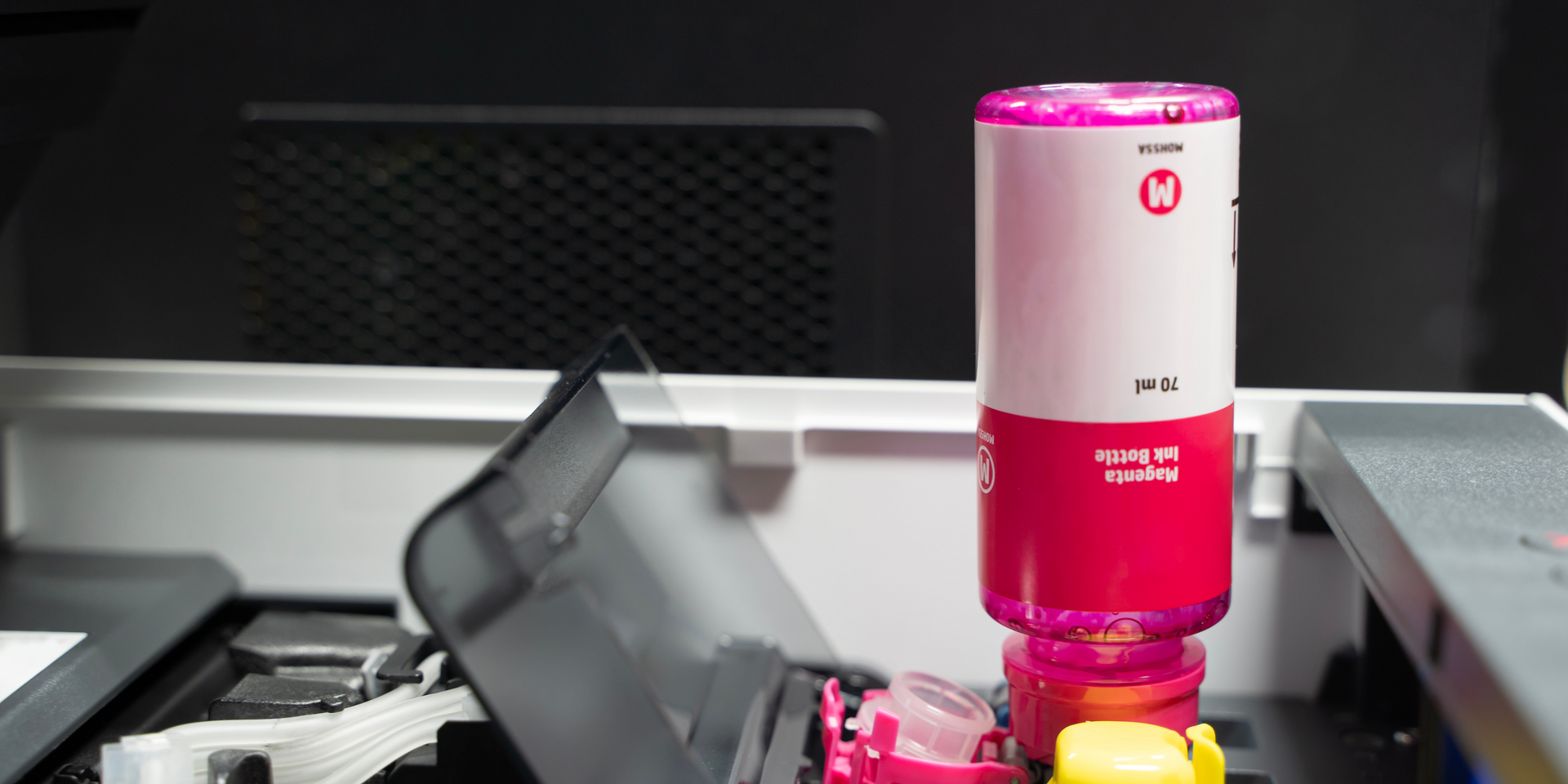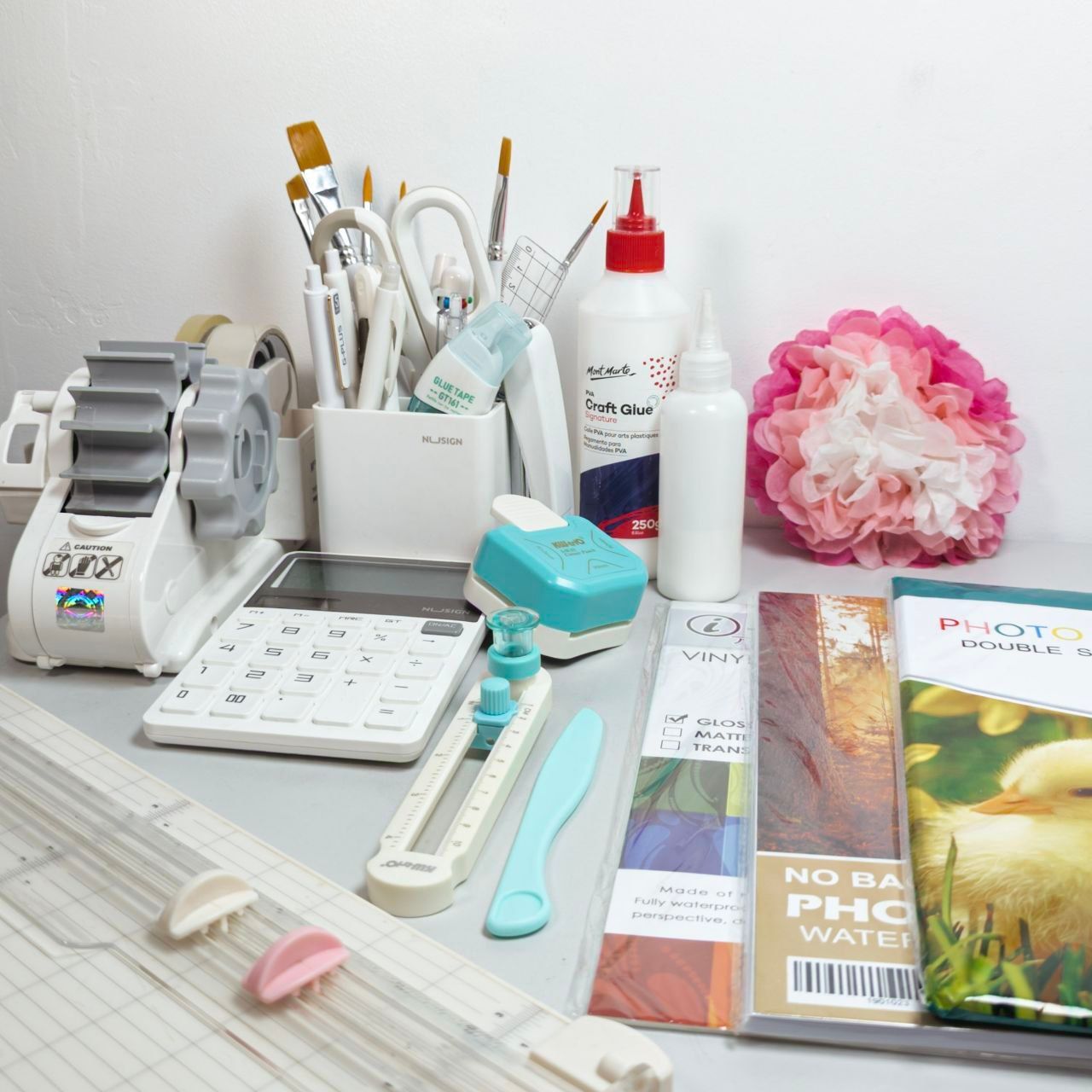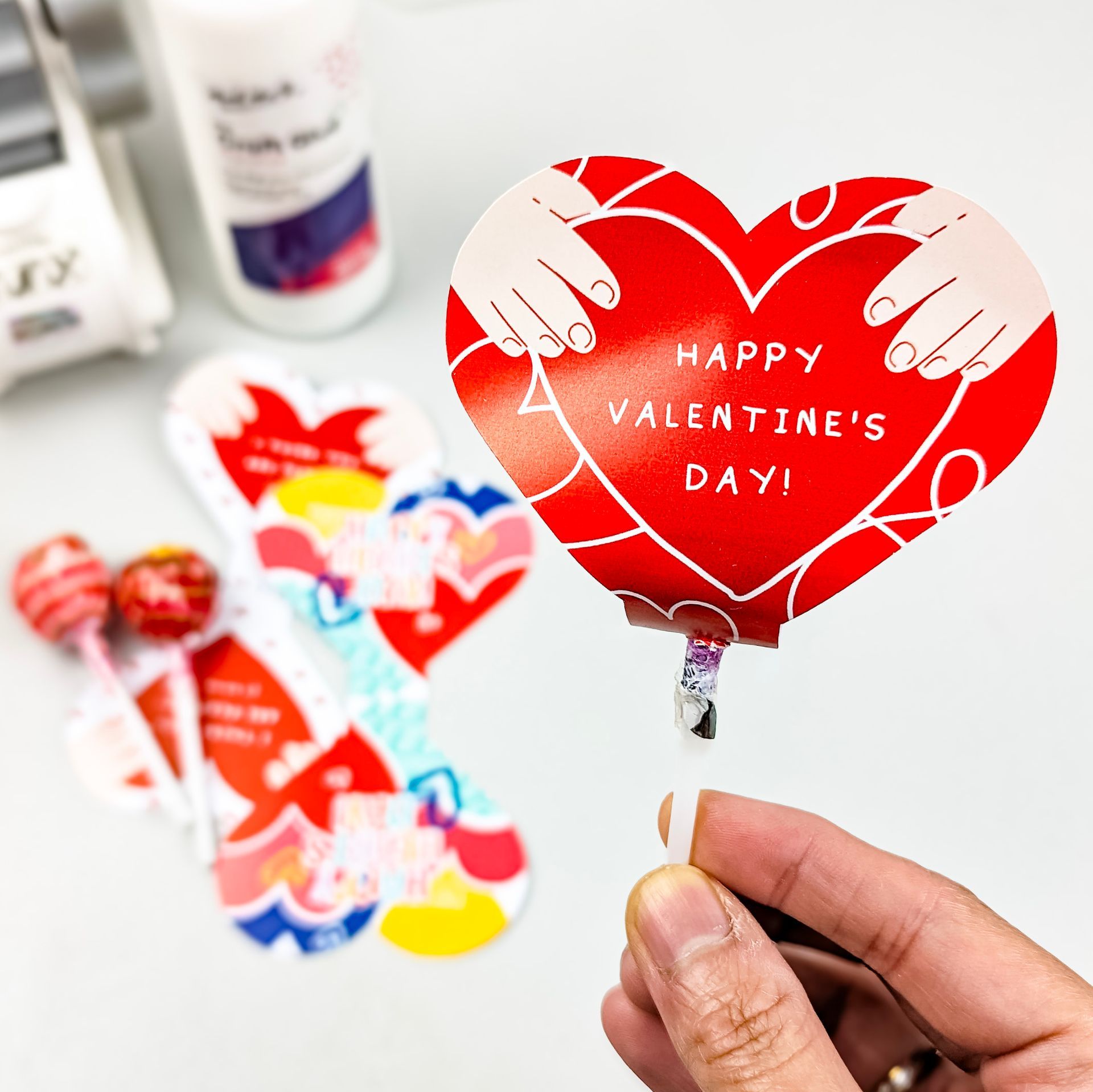Understand Ink Types and Find the Best Fit for Your Projects

Whether you're a crafter, small business owner, or someone just stepping into the world of printing, one of the first things you'll need to understand is which ink to use and when. With so many types such as dye, pigment, sublimation, and eco-solvent, it's easy to feel overwhelmed.
Each ink type serves a different purpose, performs differently on various materials, and can dramatically affect the final output of your project. Choosing the wrong one might lead to faded prints, smudges, or wasted materials.
In this beginner-friendly guide, we’ll break down the key differences of each ink type so you can print smarter, waste less, and get results you’re proud of.

Choose the Right Ink for Your Project
Start by asking a few simple questions about your output, material, and use case. Each type of ink has its strengths and knowing what matters most for your project can save you time, money, and frustration.
Important Points to Consider:
Where will the print be used?
- Indoors (e.g., notebooks, photos, planners)
- Outdoors (e.g., signage, stickers, tarps)
Will it get wet or be washed?
- Yes – needs to be water-resistant
- No – dry indoor use only
Do you need long-term durability?
- Yes – archival or fade-resistant
- No – short-term or disposable
What material are you printing on?
- Regular paper
- Vinyl or plastic
- Fabric (cotton or polyester)
- Hard surface (e.g., mugs, tumblers)
What kind of printer do you have?
- Inkjet (basic home/office)
- Epson EcoTank (can convert for sublimation)
- Large format/eco-solvent printer
Choosing the right ink can make all the difference in the quality, durability, and overall success of your printed project. While guides like this are a great starting point, the best way to truly learn is through hands-on experience.
Don’t be afraid to experiment—try different inks, materials, and techniques to see what works best for your specific needs. Whether you're printing your first sticker sheet, customizing a tumbler, or designing your own planner pages, each project helps you discover new possibilities and avoid common pitfalls.
Test small before going big. Print samples, compare results, and take note of how each ink behaves on different media. It’s all part of the creative journey.
Let’s keep learning, printing, and growing one project at a time. 💡🖨️
Love this post? Share it. Pin it!

ABOUT THE AUTHOR
Pauline Lape | Creative Director
As a creative director, I'm always tired and sleepless. Find me on social media to find out why. For Business/Collaboration Opportunities: email at paulinelape@gmail.com


